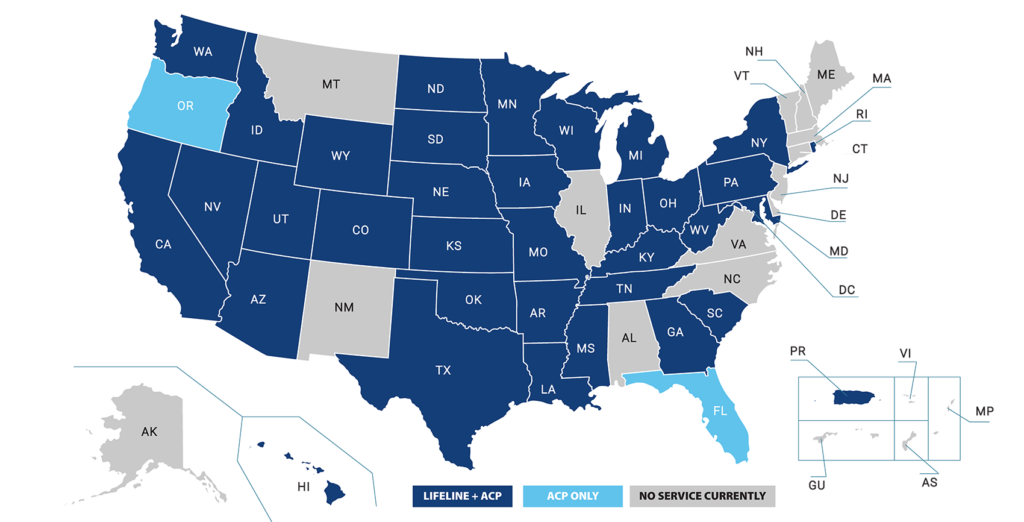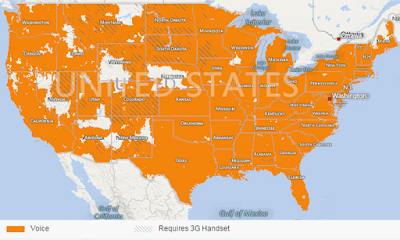In today’s complex society, it is nearly impossible for a single entity to solve problems or make decisions that affect the entire population. That is where issue networks come into play. An issue network is a group of individuals and organizations that share a common goal or interest in a particular issue. This network is formed to influence public policy and promote change through collaboration and advocacy.
Issue networks are not limited to any specific area or industry. They can be found in politics, healthcare, education, and many other fields. Members of an issue network may come from different backgrounds or have different perspectives, but they all work together towards a common goal. These networks are often formed in response to a crisis or problem, and their effectiveness lies in their ability to bring together various stakeholders to find a solution. In this article, we will explore the concept of issue networks in more detail and their role in shaping public policy.
An issue network is a system of relationships between individuals, organizations and the issue at hand. It involves understanding the interests, goals, and strategies of key stakeholders, and mapping out the relationships between them. It is used to identify potential allies and opponents, and to develop strategies for influencing the issue.

What is an Issue Network?
An issue network is an interconnected system of stakeholders and activities that are linked together to form a platform for addressing specific issues. It can involve individuals, groups, organizations, and governments, as well as organizations and citizens. It can also include online networks, such as those created by open-source software developers. Issue networks are used to help identify, address and manage the issues that are being faced by a particular group or community.
Components of an Issue Network
An issue network consists of various components that work together to form a cohesive system. These components include stakeholders, activities, and resources. Stakeholders are individuals, groups, organizations, and governments that are involved in an issue. Activities are the specific tasks that need to be done to address the issue. Resources are the materials and services required to carry out the activities.
Benefits of an Issue Network
An issue network can provide a platform for stakeholders to work together to address complex issues. By using an issue network, stakeholders can work together to identify the root causes of an issue and develop strategies for addressing it. This can be done in a more efficient and effective manner than if the stakeholders were working on their own. Additionally, an issue network can help to coordinate activities and resources, allowing stakeholders to better utilize their resources and maximize the impact of their efforts. Finally, an issue network can provide a platform for collaboration, communication, and learning, allowing stakeholders to gain new insights and understandings about the issue.
Frequently Asked Questions
An issue network is a type of informal group composed of individuals, organizations, and institutions working together to address a particular issue or set of issues.
What is an issue network?
An issue network is an informal group of individuals, organizations, and institutions that come together to address a particular issue or set of issues. Issue networks are formed to share information and resources, coordinate action, and develop new strategies and solutions to address the issue. Unlike formal organizations, issue networks are more flexible, open-ended, and non-hierarchical, making them well-suited to addressing complex and dynamic problems.
Issue networks often bring together a diverse set of stakeholders from different backgrounds and perspectives. This diversity can help generate new ideas, broaden perspectives, and create opportunities for collaboration. By connecting different actors, issue networks can also help build trust and facilitate collaboration between parties who may not have interacted otherwise.
What are the benefits of an issue network?
The main benefit of an issue network is the ability to bring together a diverse set of stakeholders and leverage their collective knowledge and experience to address complex and dynamic problems. Issue networks are designed to facilitate collaboration and the sharing of resources and information between participants, which can lead to more effective and efficient solutions.
In addition, issue networks can help to build trust between different stakeholders and create an environment of open communication, which can be essential for addressing difficult and potentially contentious issues. Furthermore, issue networks can help to build capacity within the group, as participants can learn from each other and develop new skills and strategies.
How are issue networks structured?
Issue networks are typically structured in a loose and informal way, with no central authority or hierarchy. Instead, participants are free to share information and resources, coordinate action, and develop new strategies and solutions as needed.
In some cases, issue networks may also have a core group of participants who take on more of a leadership role. This core group can help to coordinate and facilitate conversations, develop strategies and solutions, and ensure that all participants are heard.
What types of issues are addressed by issue networks?
Issue networks can be used to address a wide range of issues, from local to global in scale. Common issues that are addressed by issue networks include environmental protection, poverty alleviation, human rights, and access to education and healthcare.
In addition, issue networks can also be used to address more specific issues, such as the lack of affordable housing in a particular community or the need for access to clean water in a region. In each case, the issue network is designed to bring together a diverse set of stakeholders to share information and resources, coordinate action, and develop new strategies and solutions to address the issue.
How can I join an issue network?
If you are interested in joining an issue network, the best way to do so is to search online for existing issue networks in your area or related to your particular interests. You can also reach out to organizations or institutions that are working on the issue in question and ask if they are part of an issue network.
In addition, many issue networks also have their own websites or social media accounts, where you can find out more information about the network and how to get involved. Finally, you can also consider starting your own issue network if there is not an existing one that meets your needs.
Iron triangles and issue networks | US government and civics | Khan Academy
In conclusion, an issue network is a complex web of individuals, organizations, and interest groups that work together to influence government policies and decisions. It is a non-hierarchical system that allows for communication and collaboration among diverse stakeholders. These networks can be found in various fields, including politics, business, and social activism.
To fully understand an issue network, it is essential to recognize the power dynamics at play and the role of each member. While issue networks can bring about positive change and progress, they can also perpetuate inequalities and marginalize certain voices. Therefore, it is crucial to approach issue networks with a critical eye and strive for transparency and inclusivity in decision-making processes. With thoughtful consideration and active participation, issue networks can be a tool for shaping a more just and equitable society.



